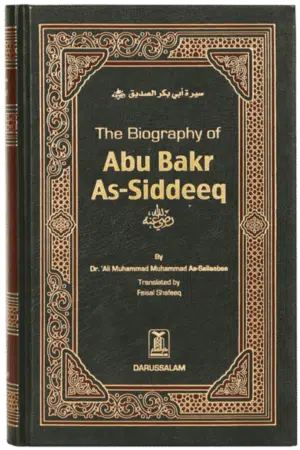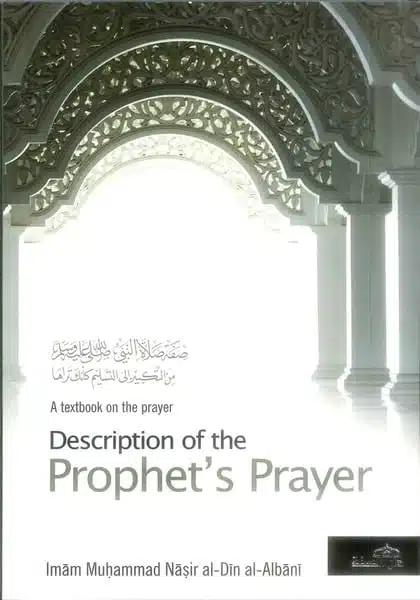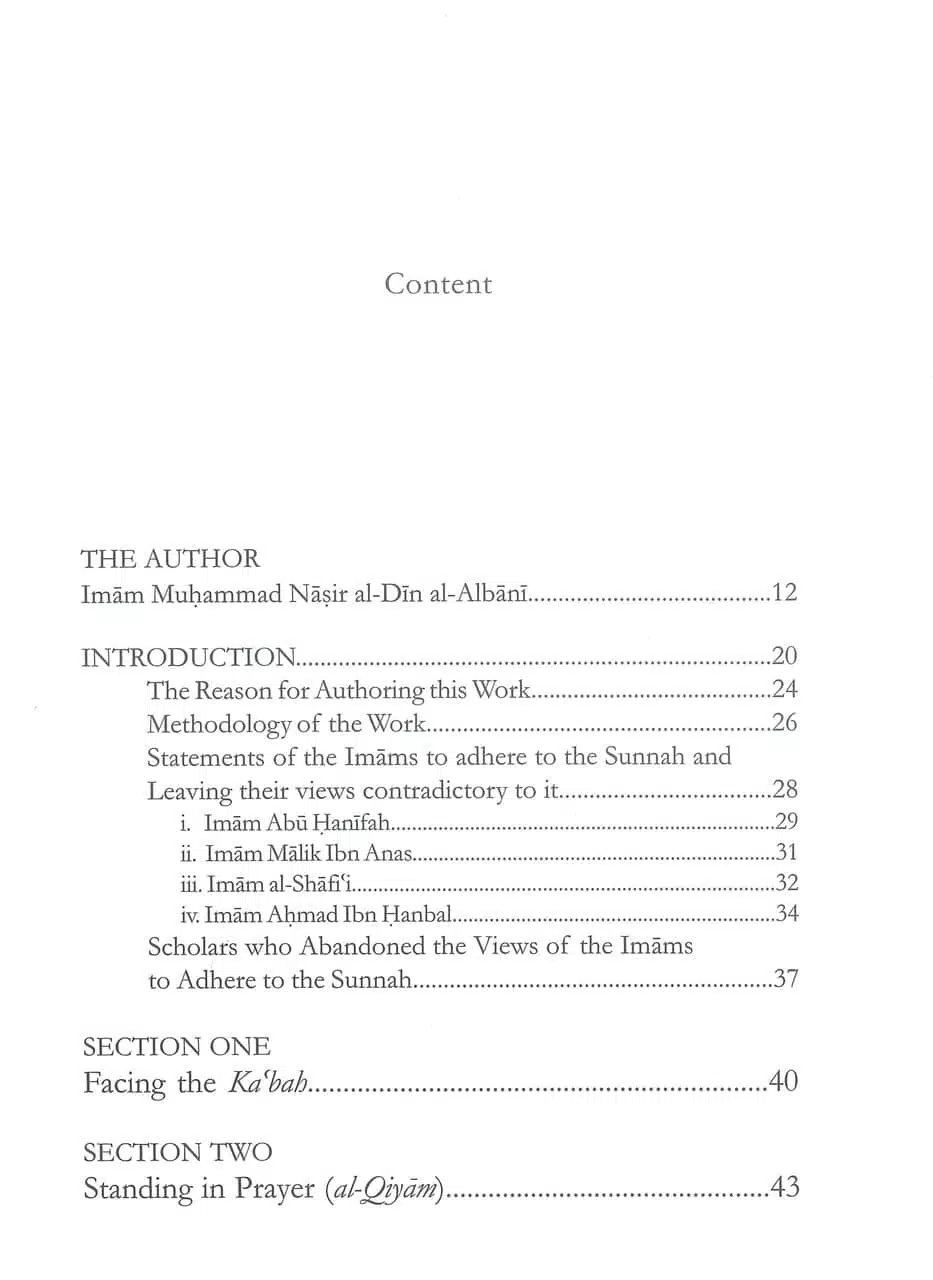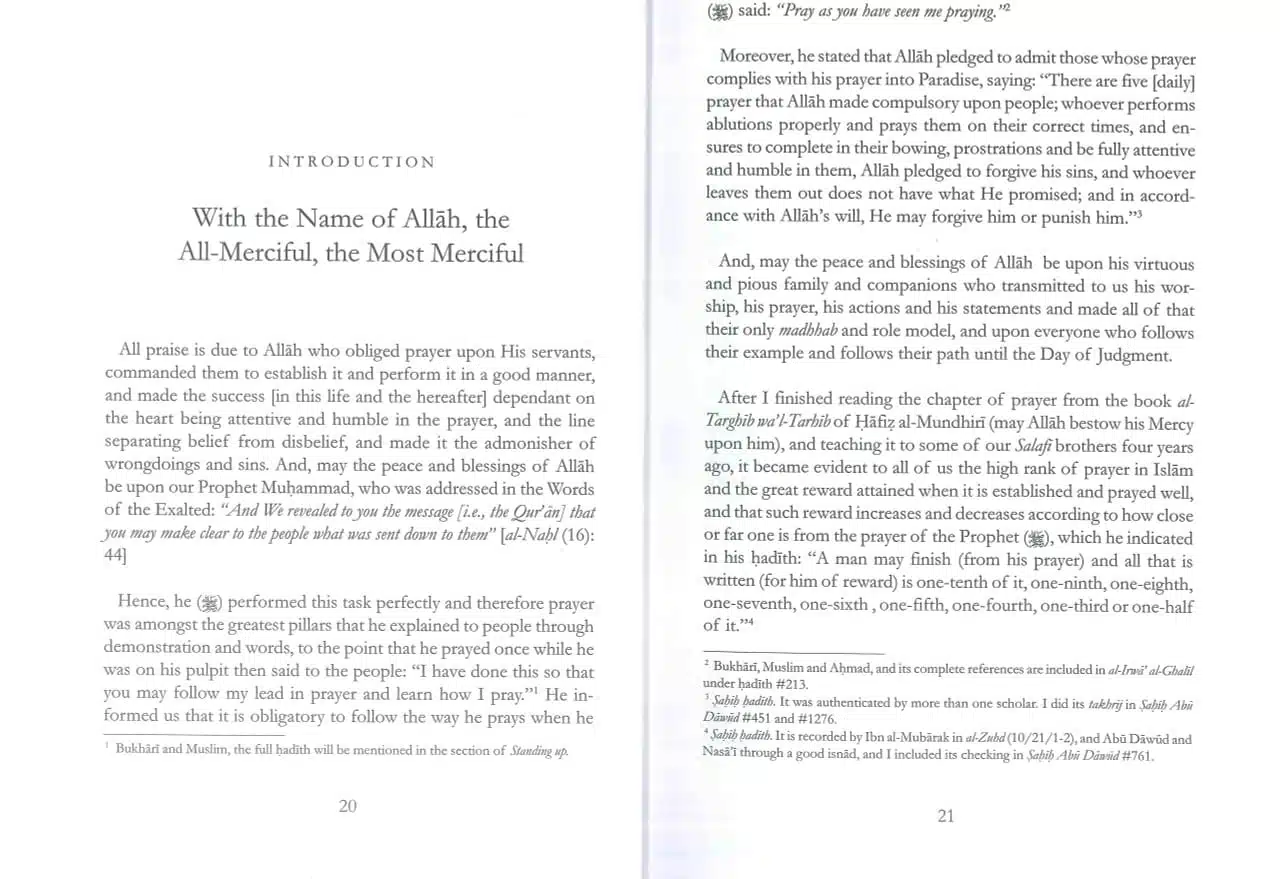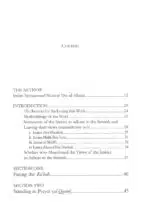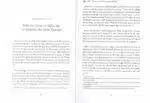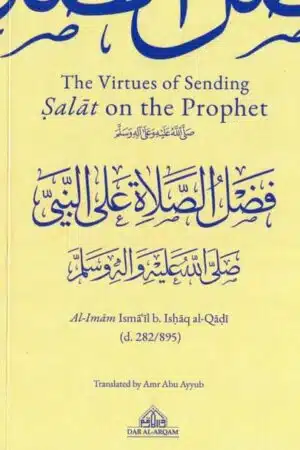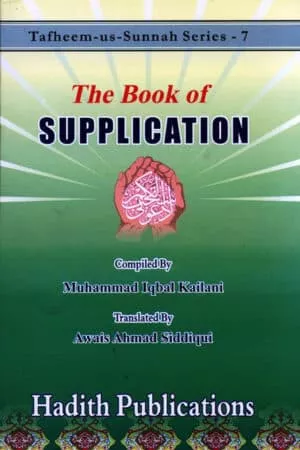Description of the Prophet’s (ﷺ) Prayer
169 kr
”Sifat al-Salatun-Nabi” by Al-Albani offers a detailed guide on the Prophet Muhammad’s prayer methods, aiding Muslims in enhancing their prayer practices.
| Författare: | |
|---|---|
| Utgivare: | |
| Språk | |
| Bindning: |
Mjukpärm |
| Sidor: |
175 |
| Storlek: |
16×24 |
| Vikt | 320 g |
Slutsåld. Leverans inom 10–45 dagar efter beställning in shaa Allah!
Salah (prayer) is a fundamental act of worship and focal in Islam, its importance can never be over-emphasized. Muslims strive to perfect their prayer for it is indeed the first thing mankind will be questioned about by Allah on the Day of Judgment. For this reason, much has been dedicated to the prayer from the vast body of Islamic literature – from its rulings to the finer details about its characteristics, etc. and it will continue to be taught and studied throughout the Muslim expanse. Sifat al-Salatun-Nabi is a renowned work of the late Imam and scholar of hadeeth, Muhammad Nasirudin Al-Albani (may Allah bestow His Mercy upon him). The original work in Arabic was a unique milestone with a fresh approach in presenting the topic – and we are proud to present before the reader, the new abridged English version of it.
The intent behind the compilation of the book is clearly noted by the author, and he stated, ”I did not come across a book (on prayer) that covered the topic comprehensively, so I felt obliged to produce a book that collected together as many features of the Prophet’s prayer (ﷺ) as possible, from the takbeer (opening of the prayer) to the tasleem (concluding of the prayer)…” He further asserted his preferred methodology employed in the book, by adopting strict principles of adhering to the authentic Sunnah, and the difficult task he was faced in ensuring that. It has thus developed into a study text, and a valuable primer setting a standard in reviving the method of our prayer – and becoming a means of perfecting our servitude towards Allah in the Prophetic manner. It is our hope that this new English rendering will ensure an earnest continuation in helping Muslims who wish to follow the guidance of their Prophet (ﷺ) in their daily worship. And that the utilization of this work becomes a catalyst for those who truly love the Prophet (ﷺ) in fulfilling his command to, ”Pray as you have seen me praying.”
